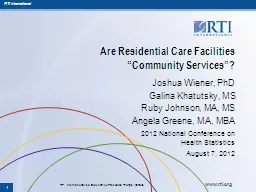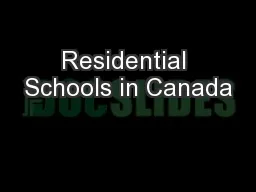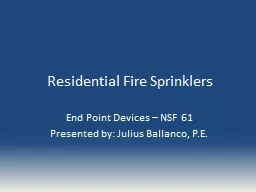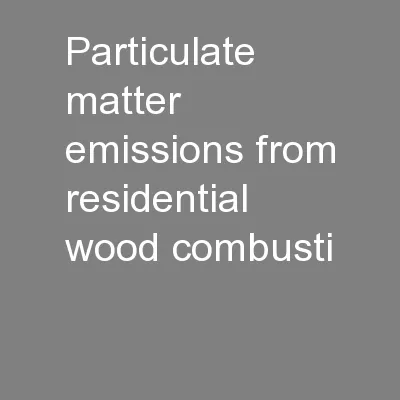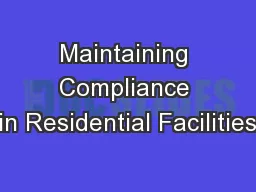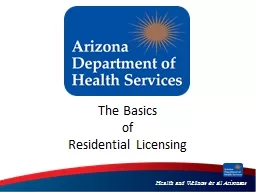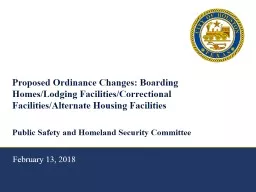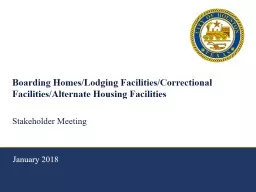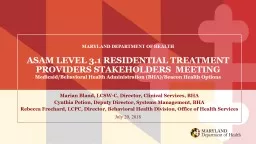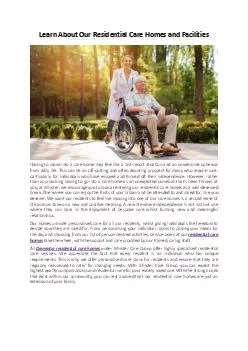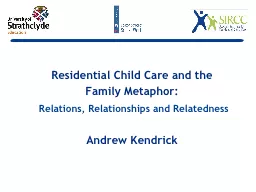PPT-Are Residential Care Facilities
Author : tawny-fly | Published Date : 2018-10-27
Community Services Joshua Wiener PhD Galina Khatutsky MS Ruby Johnson MA MS Angela Greene MA MBA 2012 National Conference on Health Statistics August 7 2012 1 Disclaimer
Presentation Embed Code
Download Presentation
Download Presentation The PPT/PDF document "Are Residential Care Facilities" is the property of its rightful owner. Permission is granted to download and print the materials on this website for personal, non-commercial use only, and to display it on your personal computer provided you do not modify the materials and that you retain all copyright notices contained in the materials. By downloading content from our website, you accept the terms of this agreement.
Are Residential Care Facilities: Transcript
Download Rules Of Document
"Are Residential Care Facilities"The content belongs to its owner. You may download and print it for personal use, without modification, and keep all copyright notices. By downloading, you agree to these terms.
Related Documents

